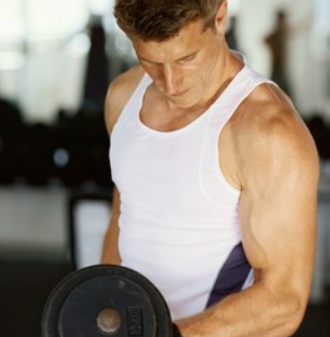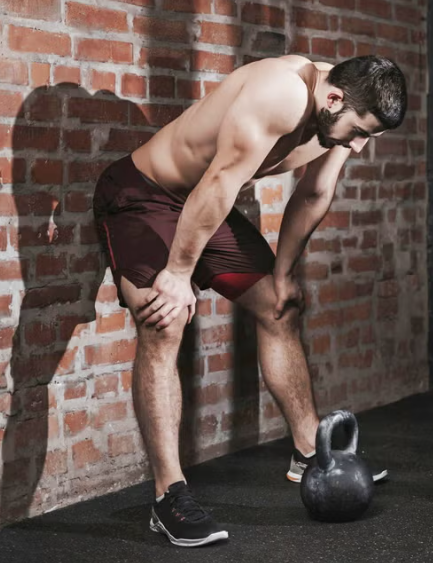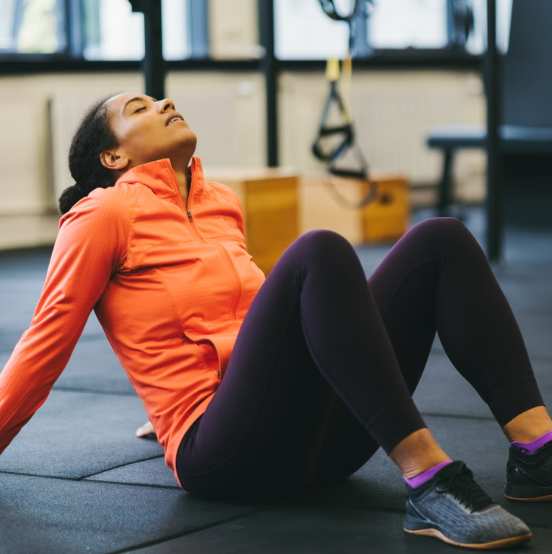
Mastering Proper Breathing Mechanics for Lifting
When it comes to lifting heavy, most of us have likely been told by a coach or read somewhere that we should take a big breath and hold it during our lifts. While this advice sounds simple enough, it’s not as straightforward as it seems. Proper breathing mechanics are one of the most overlooked aspects of effective lifting.
You might be wondering, “Isn’t breathing automatic? How can we be messing this up?” While it’s true that respiration is mostly subconscious, proper breathing during lifting is a conscious action that plays a huge role in our performance. Lifting maximal weights requires more than just a casual breath — it involves a strategic, purposeful action to brace the body and protect the spine.
A common mistake is breathing into the chest instead of the diaphragm. When we breathe into the chest, it can create instability and lead to suboptimal technique during lifts. This is especially problematic in the squat, deadlift, and bench press, where our body mechanics and posture play a significant role in executing the lift correctly and safely.
For example, in the squat, if you allow your chest to rise, the bar moves further away from your hips, creating more stress on your upper body. This can alter your squat mechanics, making it less efficient and increasing the risk of injury. Similarly, in the deadlift, when your chest and shoulders rise, the range of motion increases, making the lift harder and longer than necessary. For the bench press, lifting the chest too early can lead to poor shoulder positioning and increase the risk of shoulder injuries.
The key to effective breathing is diaphragmatic breathing — filling your belly with air rather than your chest. This type of breath helps to create intra-abdominal pressure, which is vital for protecting the lower back and keeping the spine stable during heavy lifts. However, diaphragmatic breathing alone isn’t enough for bracing — you must also actively engage your core.
To properly brace, take in a small breath and expand your belly in all directions, as if you’re pushing against a belt around your torso. This should feel tight and somewhat uncomfortable, but it’s crucial for activating the muscles surrounding your lumbar spine. This technique helps provide the necessary support to prevent injury while lifting.
Another common mistake is holding the breath for too long or during multiple reps. Research from Russia, including studies by I.M. Seropegin in 1965, suggests that strength athletes perform best when their lungs are about three-quarters full, and the breath is held for a short time. Taking a deep, long breath and holding it for multiple reps can be a waste of energy and reduce the effectiveness of your bracing. Instead, breathe in between each rep and reset your brace.
When breathing, try to keep your mouth relaxed and avoid pushing your head forward or puckering your lips. Doing so can create unnecessary tension and compromise your starting position. It’s important to remember that breathing isn’t bracing; it simply facilitates the bracing process.
For those concerned about holding their breath during lifting, especially in relation to blood pressure spikes, it’s important to note that research doesn’t support the idea that holding your breath during lifts is dangerous. The Valsalva maneuver — the act of holding your breath while lifting — naturally increases intra-abdominal pressure and is common in strength athletes. While studies have shown that holding your breath for 20-30 seconds can temporarily raise blood pressure, the brief breath-holding during lifting has not been shown to cause harm. In fact, not holding your breath can increase the risk of injury, particularly in the lower back.
In conclusion, for optimal lifting performance, it’s crucial to focus on proper breathing mechanics. Take a small breath into your belly, brace 360 degrees around your torso, and don’t hold your breath for multiple reps. This will require some conscious effort at first, but with time, it will lead to better technique, improved strength, and more personal records on the platform.




